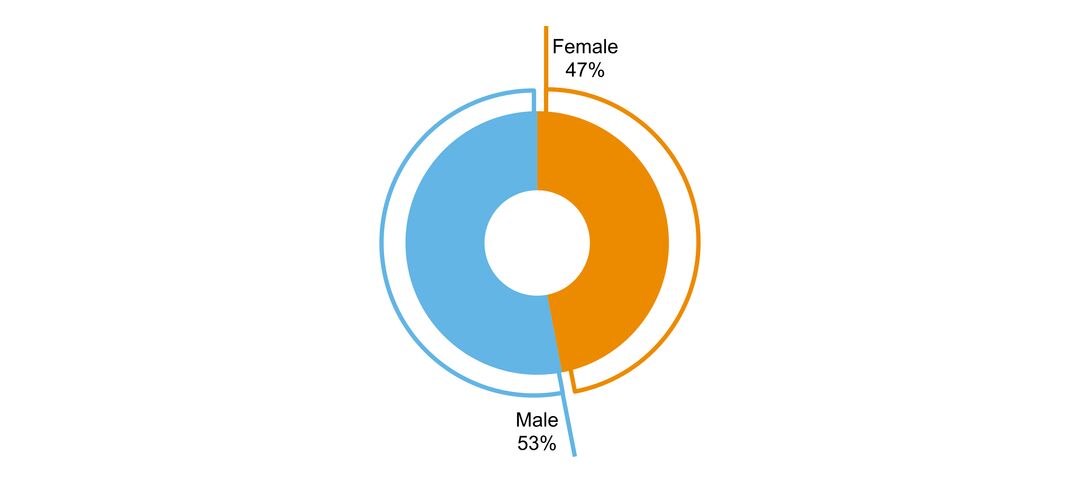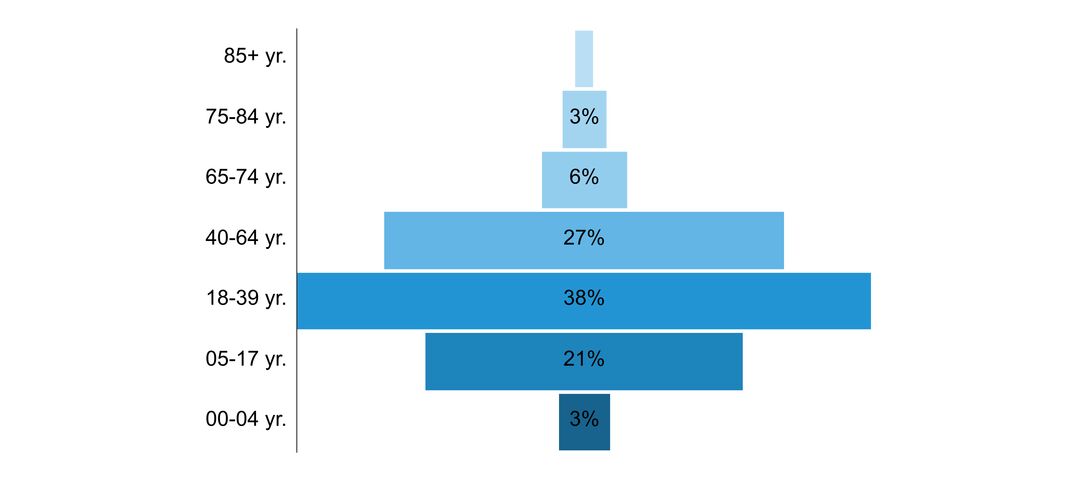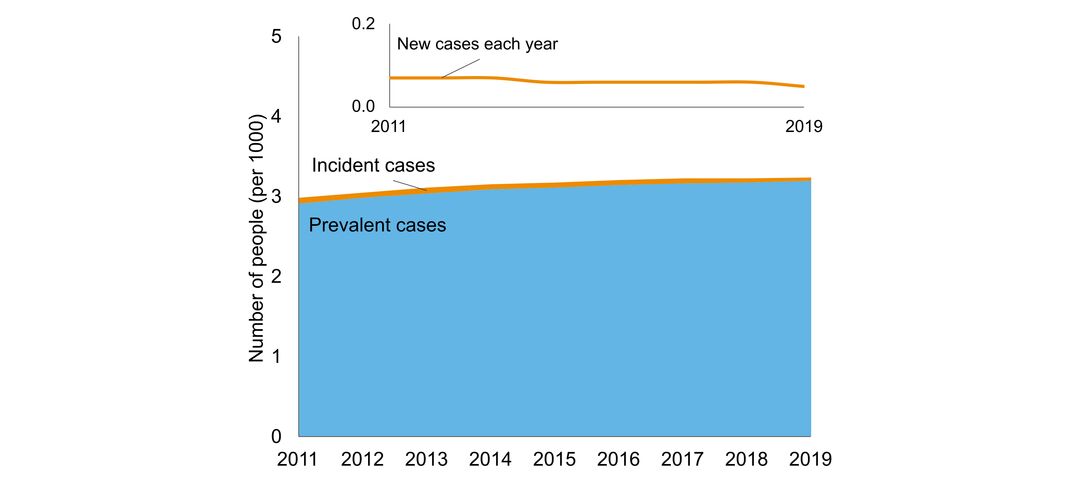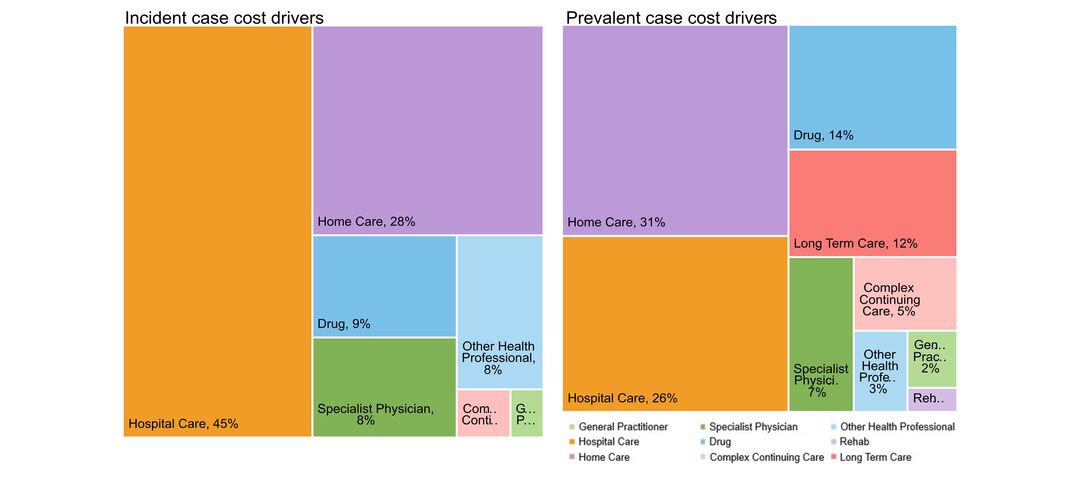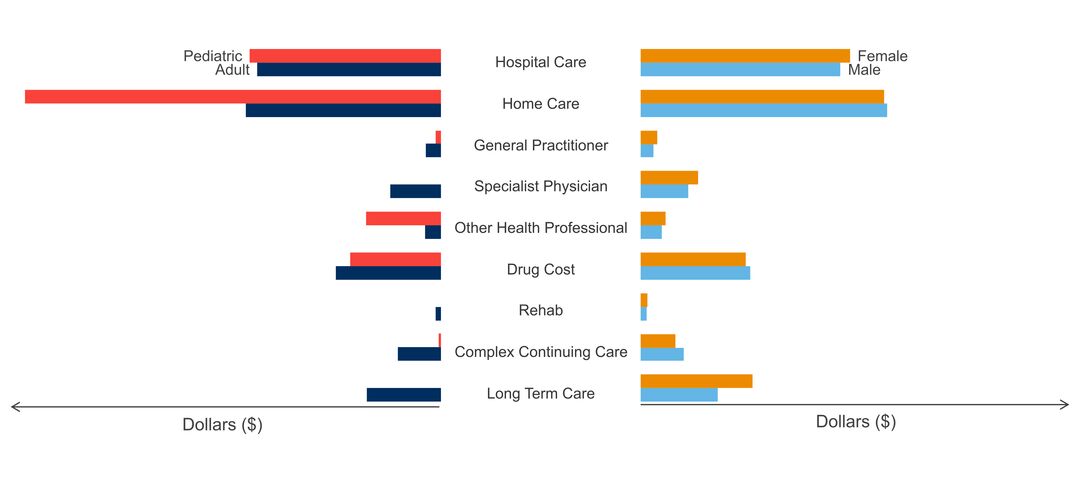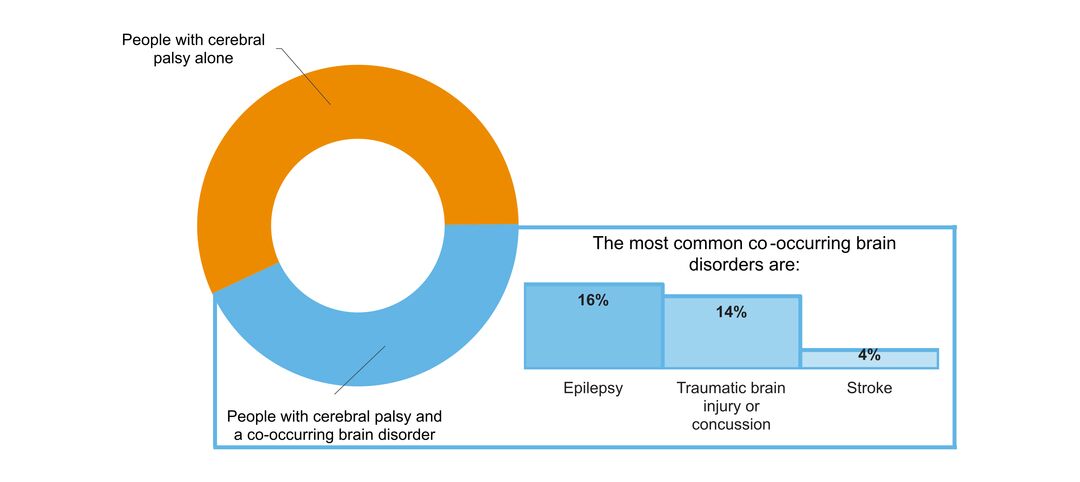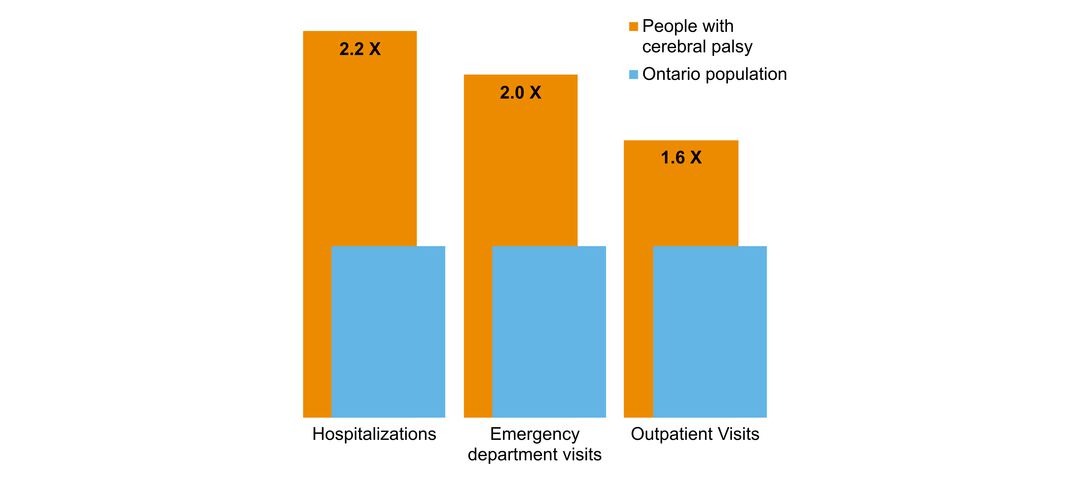Cerebral Palsy
What is it?
Cerebral palsy describes a motor neuron disorder that arises as a result of an injury to the developing brain. Cerebral palsy is characterized by dysfunction in movement and posture that limits activities. The injury can occur before, during or after birth (usually before two years of age). There are many risk factors for cerebral palsy including being born prematurely, having a stroke, and being exposed to infections. Cerebral palsy is a chronic condition.
The consensus definition of cerebral palsy includes motor impairment and the frequent co-occurrence of other challenges. These include seizures, as well as impairments in cognitive ability and senses (impaired vision, hearing and abnormal pain), which can contribute to the overall health burden on the child and family. The symptoms of cerebral palsy vary greatly in type and severity.
Early diagnosis of cerebral palsy is crucial as although the brain injury underlying cerebral palsy does not change over time, related health complications can cause further harm. Drugs and surgery can lessen muscle stiffness and help with musculoskeletal abnormalities; in addition, physiotherapy can play a critical role in helping to maximize motor function. Individuals with cerebral palsy engage with an interprofessional health team including developmental paediatricians, neurologists, surgeons, physical and occupational therapists, speech-language pathologists, social workers, special education teachers and many others to assist in overcoming everyday hurdles.
Cerebral palsy is not a barrier to living a full and satisfying life. Rather, challenges are often a result of external factors such as inaccessible buildings and transportation, negative societal attitudes, and exclusion from education, recreation, and employment opportunities.
Click to download the chart pack or infographic!
- number of people in Ontario with the disorder
- age of people with the disorder
- sex ratio of people with the disorder
- what other brain disorders commonly co-occur
- overlap with mental health and addictions health system use
- costs & cost drivers associated with health system use

